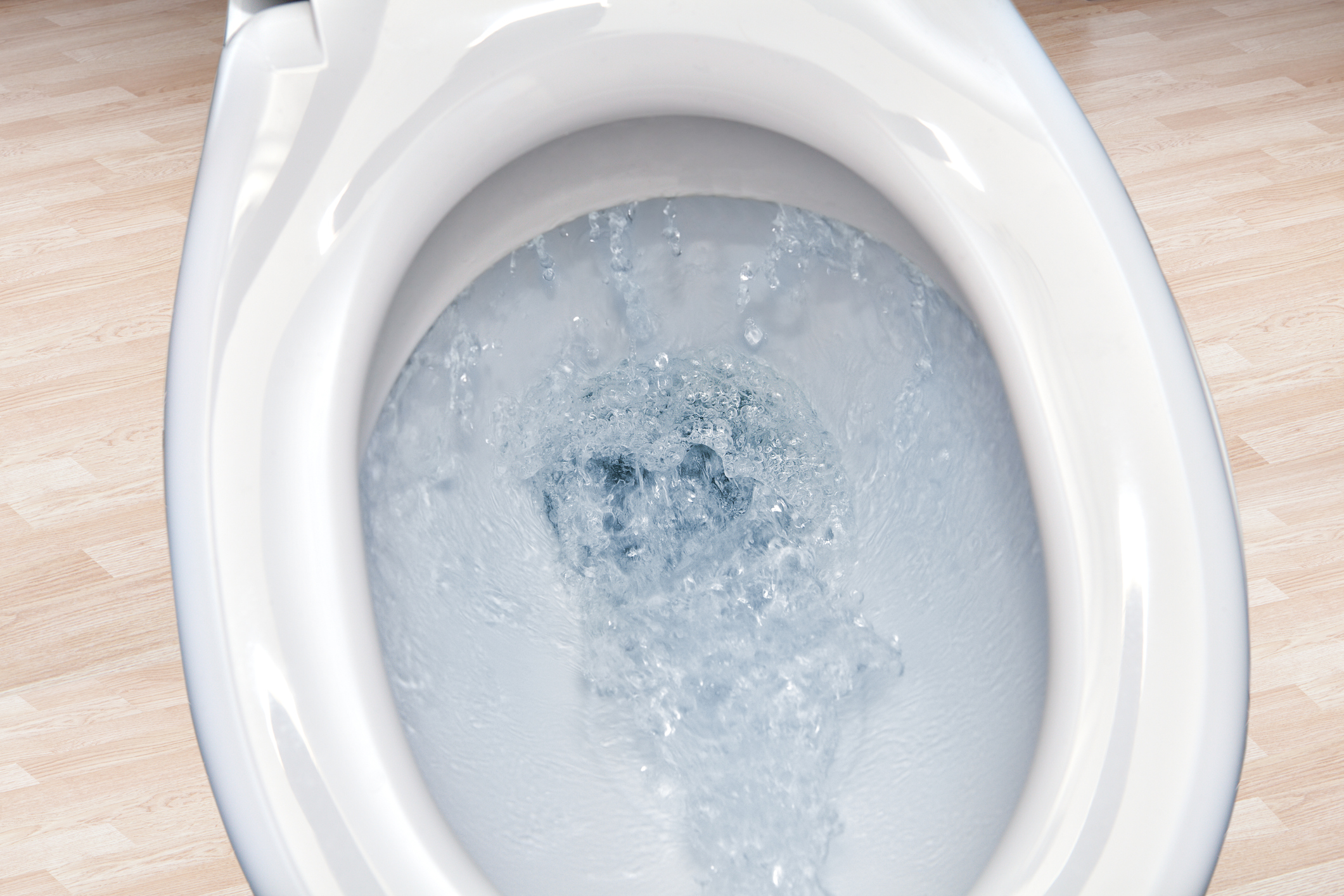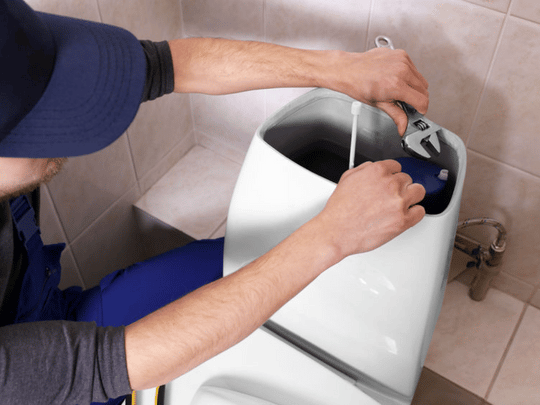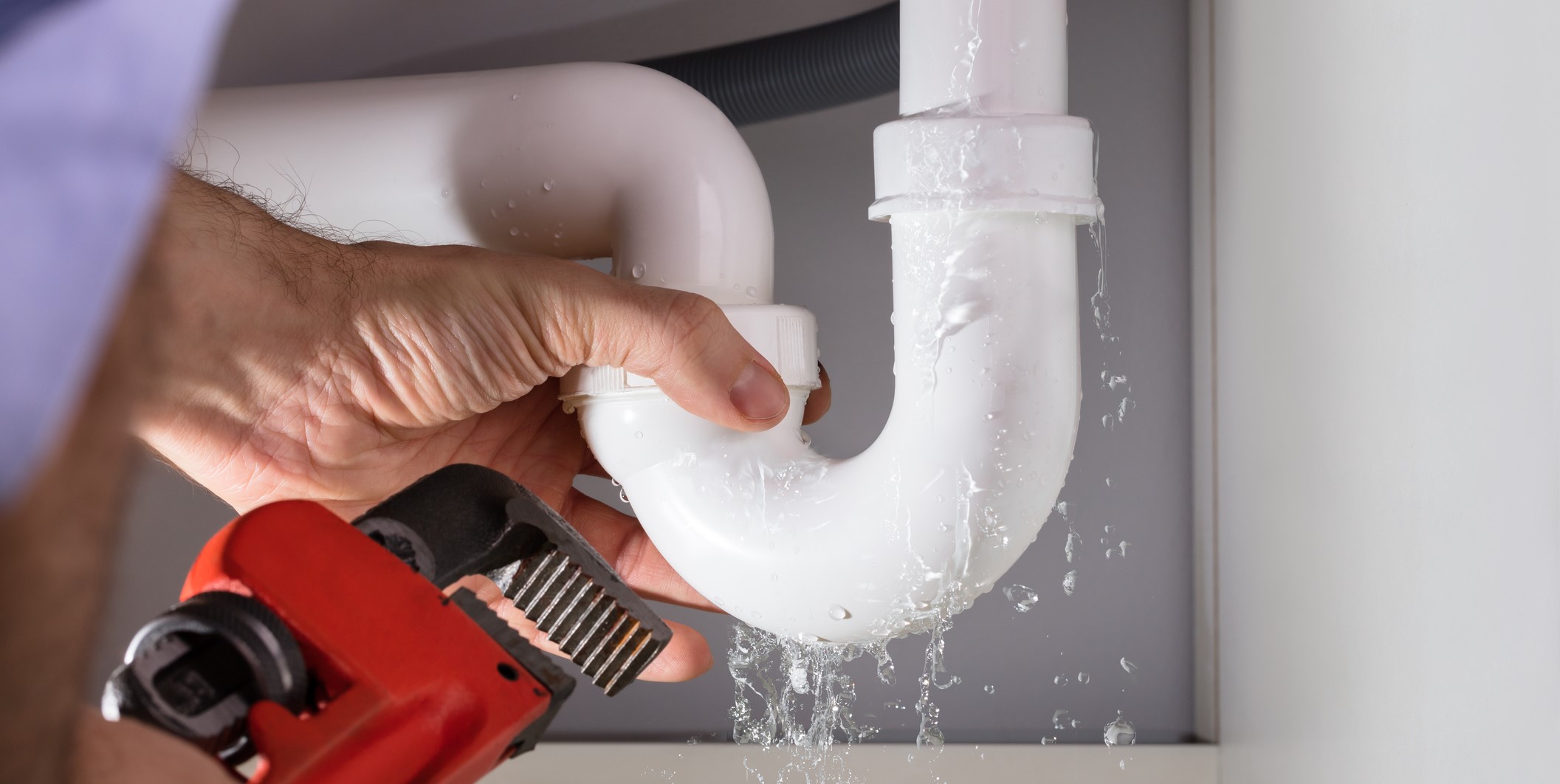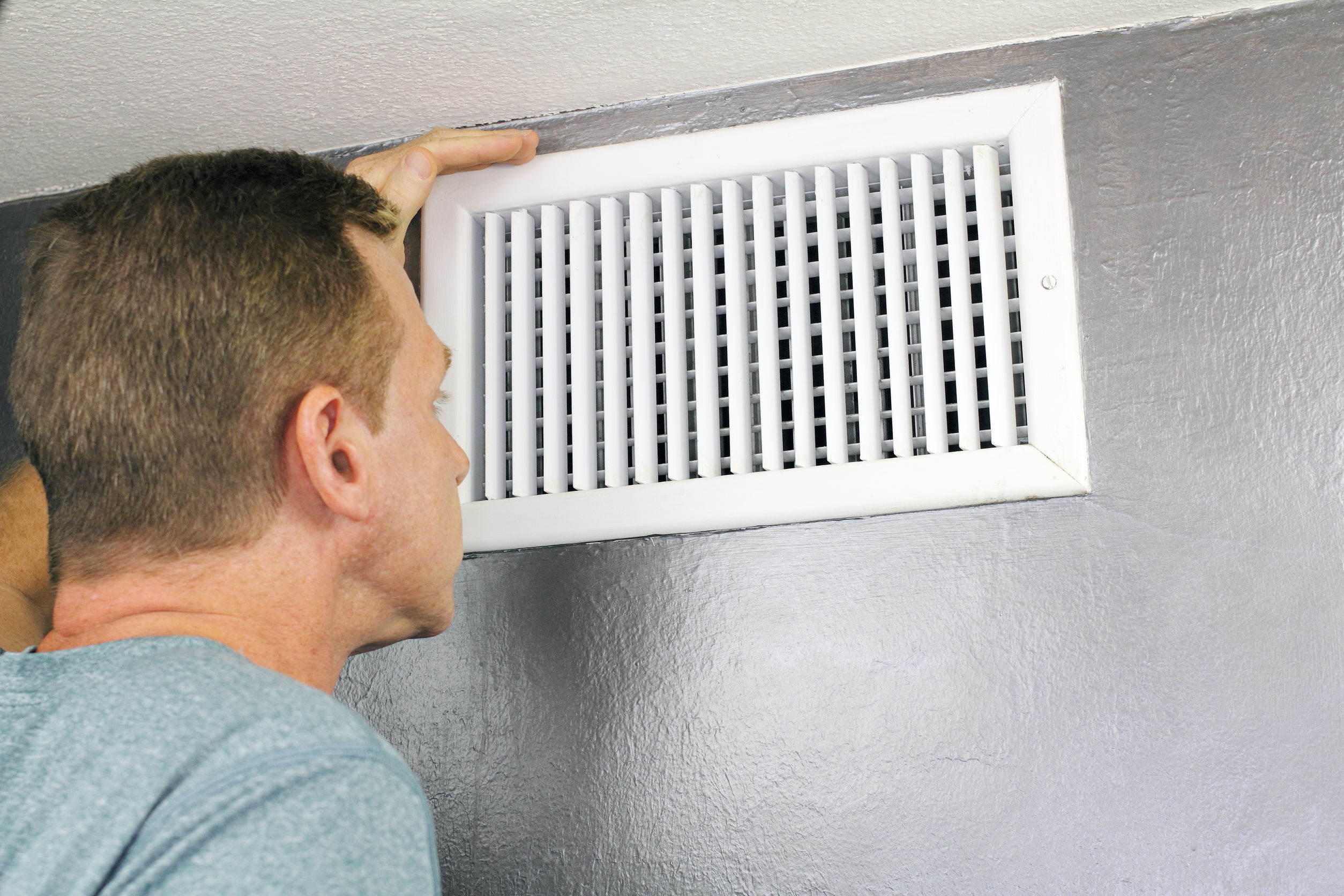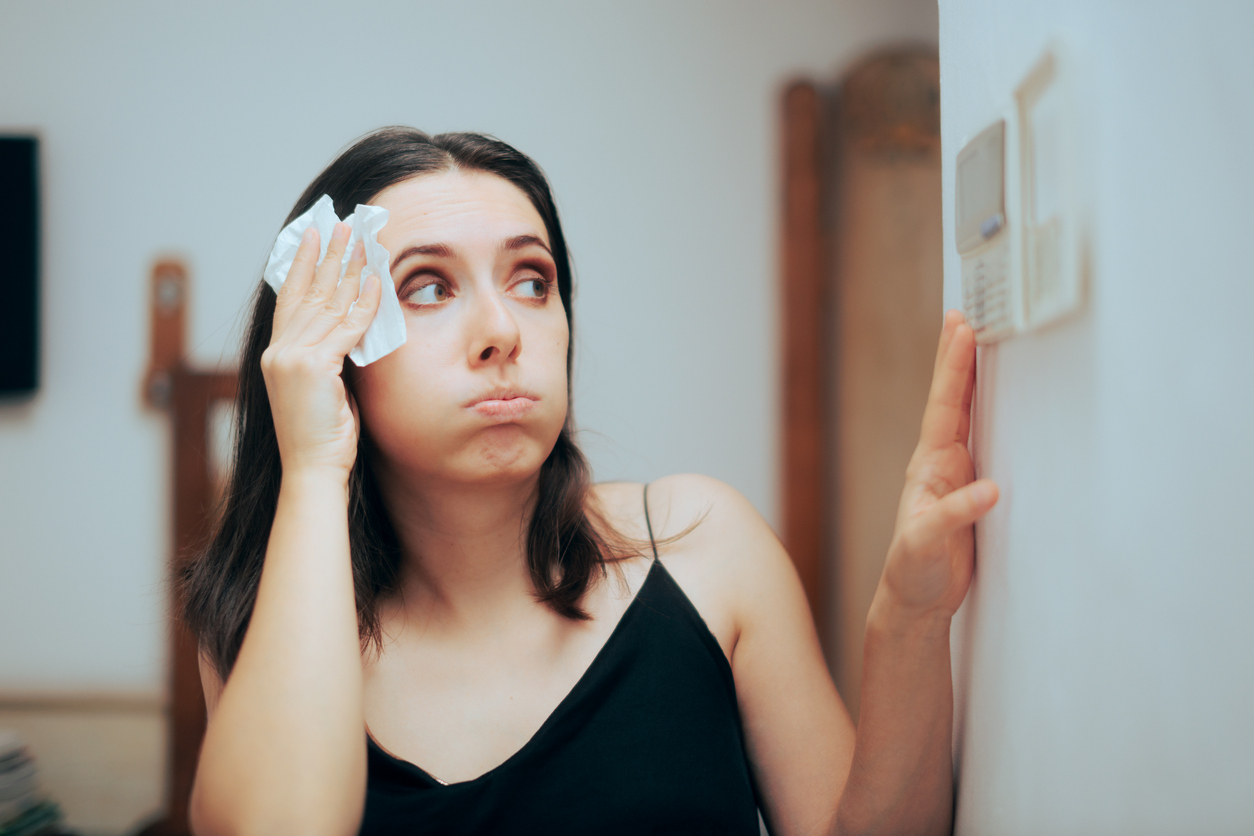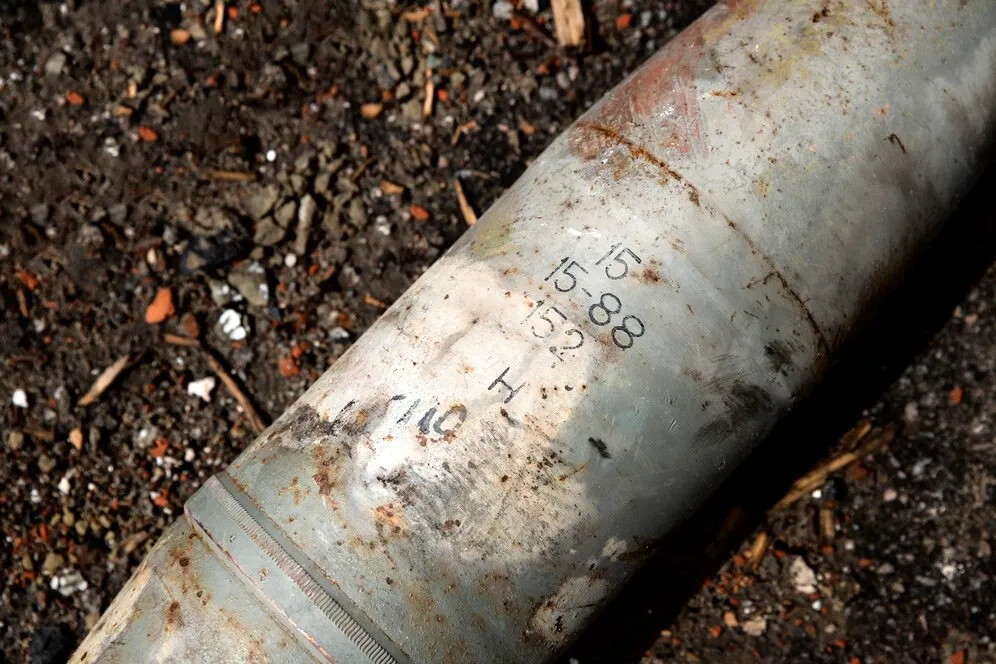An overflowing toilet can send anyone into panic mode, as water pouring onto your bathroom floor from your toilet is definitely not what you want as a homeowner. Whether the cause is a clog, a malfunctioning part, or a deeper plumbing issue, acting quickly can help you prevent water damage and keep things from getting worse. If you live in South Jersey, where older homes and seasonal humidity can strain plumbing systems, knowing what to do in the moment makes all the difference. As your local plumbing experts, we’re breaking down what to do when your toilet overflows and when to call in the pros at EnviroSafe.
Steps for Stopping an Overflowing Toilet
A toilet overflow often comes down to a blockage or a malfunction in how the toilet refills. Taking the correct actions right away can help you regain control before more water spreads across the floor.
1. Stop the Flow of Water Immediately
Locate the shutoff valve behind the toilet and turn it clockwise until the water stops running. If the valve is stuck or not easily accessible, open the tank lid and close the flapper manually to stop additional water from entering the bowl. Taking this step right away helps contain the situation and gives you time to figure out your next move.
2. Clear the Clog (If It’s Minor)
A basic plunger is often enough to restore normal flow to a clogged toilet. If the clog is deeper, a toilet auger can help reach farther into the drain. If you have plunged a few times and nothing changes, do not continue to plunge. Plunging persistent backups can push water higher in the bowl. If multiple drains in your home begin backing up at the same time, the real problem may be a sewer line blockage, which requires professional plumbing help.
3. Clean Up & Disinfect
Any standing water should be cleaned up right away to avoid damage to floors or subflooring. Use towels or a wet/dry vacuum to remove the water, then follow up with a disinfectant cleaner to sanitize the area. Even a small overflow can contain bacteria, so a thorough cleanup is a key part of safe toilet repair.
When To Call a Professional
If the toilet continues to rise despite shutting off the water, if you notice water leaking around the base, or if plunging and basic unclogging methods fail, it’s time to call a trained plumber. Recurring overflows, slow draining across multiple fixtures, or gurgling noises can also indicate a larger issue with the main sewer line, requiring sewer repair. Professional service protects your home from additional damage and ensures the source of the problem is fully addressed.
Stop the Overflow by Calling EnviroSafe Today
Overflowing toilet fixes require fast action, and when DIY steps aren’t enough, EnviroSafe is here to help. Our licensed and certified technicians provide honest diagnostics, upfront pricing, and same-day bathroom plumbing services for plumbing emergencies in South Jersey. With clear communication through every step of the process, you can count on reliable toilet repair from a team focused on long-term solutions.
Contact EnviroSafe today for toilet repair and clog removal in South Jersey.

